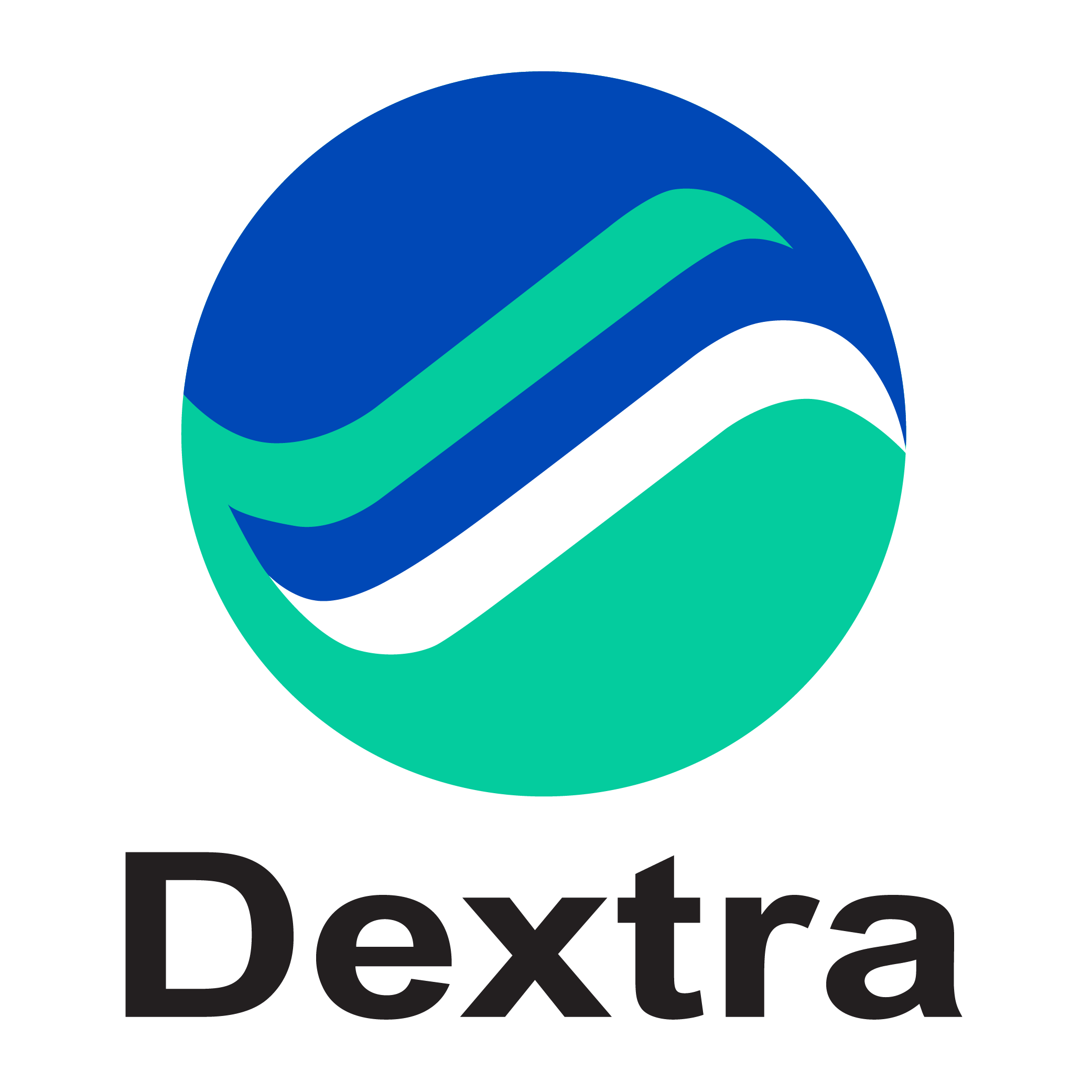San Shek Wan Sewage Treatment Works, Hong Kong
The San Shek Wan Sewage Treatment Works (STW) project in Hong Kong marks a significant step towards addressing the sewage disposal needs of the South Lantau region. As the population of South Lantau is projected to grow, with an ultimate population reaching approximately 12,600 by 2039, the sewage flow is anticipated to increase to 5,800 m³/day. To accommodate this, a comprehensive sewerage system is being constructed, which includes a trunk sewerage system for Pui O area, a secondary STW at San Shek Wan, and a village sewerage system for Lo Uk.
A critical component of this ambitious infrastructure project is the use of advanced materials and technologies to ensure its successful and sustainable completion. Dextra, a global leader in engineered construction products, has played a pivotal role by supplying Glass Fibre Reinforced Polymer (GFRP) soil nails for the excavation and lateral support (ELS) works.
The Role of GFRP Soil Nails in ELS Works
The excavation and lateral support works are essential to the project’s foundation and stability. The challenging geotechnical conditions in Hong Kong, characterized by complex soil and rock formations, necessitate the use of robust and reliable reinforcement solutions. GFRP soil nails, provided by Dextra, are ideal for such conditions due to their high tensile strength, corrosion resistance, and lightweight nature.
GFRP soil nails are used to stabilize slopes and excavations, preventing landslides and soil erosion. Their corrosion resistance is particularly beneficial in environments exposed to moisture and chemicals, such as sewage treatment works. This ensures a longer lifespan and reduced maintenance costs compared to traditional steel reinforcement.
Benefits of Dextra’s GFRP Solutions
- Corrosion Resistance: Unlike steel, GFRP does not corrode when exposed to harsh environmental conditions. This makes it an excellent choice for the wet and chemically aggressive conditions present in sewage treatment works.
- High Strength-to-Weight Ratio: GFRP offers a high tensile strength comparable to steel but at a fraction of the weight. This ease of handling and installation translates to time and labor savings.
- Durability: The longevity of GFRP soil nails ensures the structural integrity of the excavation and lateral support systems over the extended operational life of the sewage treatment works.
- Sustainability: By using GFRP, the project reduces its reliance on steel, thereby contributing to more sustainable construction practices.
Impact on the San Shek Wan STW Project
Dextra’s involvement and the implementation of GFRP soil nails have significantly enhanced the efficiency and sustainability of the San Shek Wan STW project. The advanced materials have ensured that the excavation and lateral support works are not only robust and reliable but also cost-effective over the long term.
Upon completion, the sewage from South Lantau will be conveyed to the newly constructed STW for proper treatment. The treated effluent will then be safely discharged into the sea about 1.4 km off the South Lantau coast, ensuring minimal environmental impact. This project represents a crucial infrastructure upgrade that will support the region’s growth and development while maintaining high environmental and operational standards.













